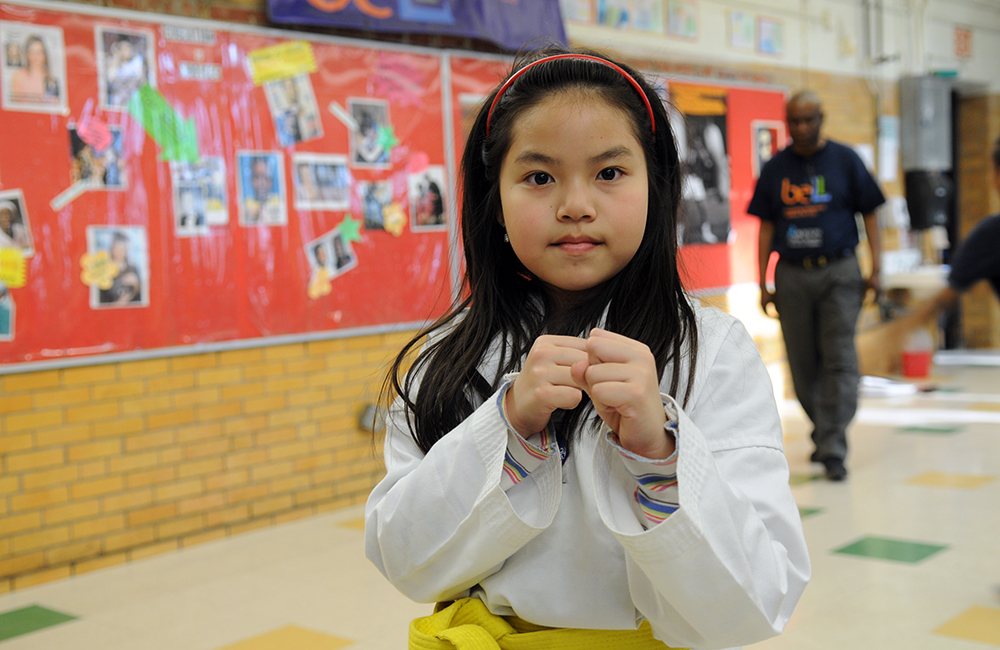Across-Ages


Across-Ages
What it does
BELL Summer is a full-day, five- to- eight week summer program serving low income students in partnership with school districts in 20 states and Washington, D.C. Half of the day is spent in instruction and the other half in enrichment activities. BELL sets expectations for attendance and success while supporting students with small class sizes and individualized instruction. It provides hands-on learning through projects, community service, and field trips. And, it engages parents and students to reinforce learning at home by reframing education as a positive experience focusing on strengths.
In addition to running its programs in partnership with districts, BELL trains local groups, such as YMCA Power Scholar Academies, to implement its curriculum, evaluate outcomes, and fundraise. Even after the initial training, BELL supports its partners by continually evaluating the program and analyzing outcomes.
How effective is it
According to two independent studies, BELL students gain an average of one to two additional months of reading and math skills over the summer. Gains by BELL students over the summer are equivalent to—or better than—gains students make over the school year. But the program costs about half as much as two months of school, and keeps kids from losing the skills they’ve gained over the year. It’s one of the few summer learning programs to demonstrate learning gains, using key evidence-based components, making BELL a worthy investment.
How you can help
Typically, districts put in 50% to 70% of the funding for the program, leaving room for philanthropic investment and allowing philanthropy to leverage public dollars. For example, $100 can pay for books and curriculum for a student, and $250 can cover costs for a summer Friday field trip for a class. Funders can directly give to BELL at the national level, or at the regional level, or through partners. National funding supports pilots, training and program evaluation. It also offsets regional costs, especially in new markets. Regional donations help fund direct services at established BELL programs. Many programs and partners, especially the YMCA, encourage volunteering as well.
Personalize this project
If BELL is not in your area, there are other ways to invest in summer learning, including programs such as Horizons National, a tuition-free academic and enrichment program serving low income, public school students. Funders can also support district programs through local education funds. Lastly, philanthropists can advocate for more district- or state-sponsored summer learning programs, more funding for summer learning, or restructuring the school year to minimize the effects of summer slide. National policy organizations working on these efforts include the National Summer Learning Association, Afterschool Alliance, and the National Center on Time and Learning.
